Chanel gathers its métiers d’art ateliers under one roof
Chanel opens Le 19M, the Rudy Ricciotti-designed building in Aubervilliers, Paris, which houses the French fashion house’s métiers d’art ateliers, including embroiderer Lesage and shoemaker Massaro

Florent Tanet - Photography
Seven years ago, French embroidery house Montex combined tiny concrete cubes with pieces of leather, inventing a totally unique fabric for Chanel’s A/W 2014 haute couture collection. Now Chanel has turned concrete into a sort of fabric once more, with a head-turning new building, designed by French architect Rudy Ricciotti. Chanel 19M is wrapped in a chrysalis of white concrete threadlike structures.
Located on the northern edge of Paris, the building covers 25,000 sq m on seven floors. It houses 600 people and 11 métiers d’art, the ateliers behind millions of hours of painstaking craftsmanship (embroidering sequins, trimming feathers, sculpting sunburst pleats) that transforms apparel into art. Chanel has named the building Le 19M – ‘M’ for mains (hands), métier (craftsmanship) and mode (fashion), and 19 for the arrondissement and Coco Chanel’s birthdate.
Chanel 19M: the maison brings its metiers d’art ateliers into the fold
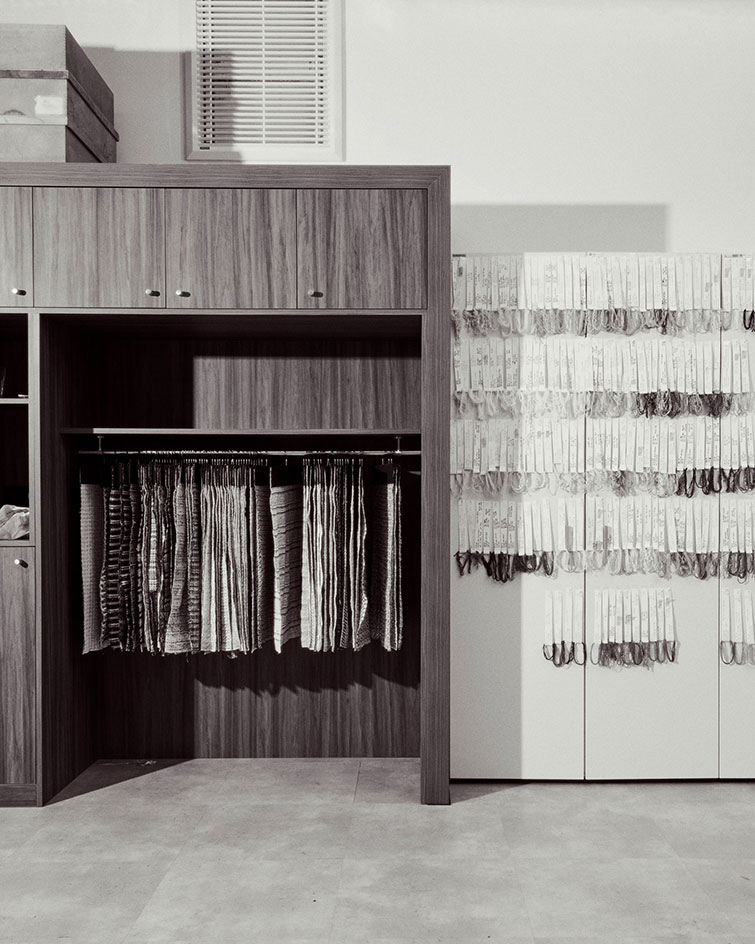
Embroiderer Lesage
Montex and its architectural offshoot, MTX, were the first ateliers to take up residence, in March 2021. Nine others followed: pleater Lognon, shoemaker Massaro, feather and flower expert Lemarié, flou (delicate fabrics) atelier Paloma, milliner Michel, goldsmith Goossens and embroiderer Lesage, along with its school and Lesage Intérieurs. (The building also houses swimwear maker Eres, which belongs to the Chanel group.)
At one time, workshops like these numbered thousands across France, many of them family businesses going back generations. Coco Chanel had a special connection to the métiers d’art – Lemarié developed her fabric camellia, Massaro the bi-colour slingback shoe, Goossens the bird’s nest earrings, to name just a few. Karl Lagerfeld reinforced the relationship when he arrived as Chanel’s creative director in 1983. And ever since current creative director Virginie Viard joined Chanel as an intern in 1987, then becoming studio director (Lagerfeld called her his ‘right and left hand’), she has served as a direct liaison between the house and the métiers d’art.
Over the years, most of the workshops disappeared, victims of industrialisation, changing fashions and a lack of family heirs to run them. Concerned about their future, Chanel began to acquire those it deemed most essential, starting with Desrues (buttons and jewellery) in 1985. It now owns 38 métiers d’art, representing some 5,000 jobs, under a subsidiary called Paraffection. ‘Without them, creation couldn’t be what it is today in Paris,’ says Chanel’s fashion president, Bruno Pavlovsky, emphasising that these highly skilled artisans and the couture industry depend on one another for survival.
The ateliers had been scattered around Paris, many in buildings that were charming but dilapidated. In 2011, Chanel moved several of the ateliers to a 5,000 sq m building in the suburb of Pantin, but soon that was too small, and they spilled over into another building in neighbouring Aubervilliers, a gritty suburb just starting to gentrify. So Chanel hunted for a site large and accessible enough for all, and found a neglected industrial plot of land on the edge of Aubervilliers. ‘This area is evolving, and the upcoming Olympic Games will have an interesting impact,’ says Pavlovsky. ‘I think this will be a strategic location, full of an energy that goes well with what we do.’
Le 19M: the building by Rudy Ricciotti
The execution of the building was particularly challenging, says Ricciotti, who regularly collaborates with a slew of engineers to do revolutionary things with ultra high-performance concrete. Its exoskeleton is composed of 231 slim concrete modules, each 24m high, in different configurations, and each cast as a single piece. Trucks delivered the enormous structures to the site in the middle of the night, and special tools were used to carefully lift them into their vertical, weight-bearing position. Ricciotti compared the physics to the handiwork at Lognon, a workshop that pleats fabric using accordion-like cardboard moulds. ‘A sheet of paper has no mechanical resistance, but when you fold it and place it vertically, it is incredible the amount of resistance it assumes.’
Wallpaper* Newsletter
Receive our daily digest of inspiration, escapism and design stories from around the world direct to your inbox.
The façade might appear delicate, but don’t be fooled. Each module is able to support its own weight, the exterior corridors, weather (such as snow) and live loads (such as people). The building is triangular in shape, following the footprint of the site, and Ricciotti created a garden in the centre, enclosed by the arcades. Jean-François Lesage, founder of Lesage Intérieurs, admits, ‘I was a bit apprehensive at first, leaving a place where we worked for more than 100 years. But the garden, the luminosity, the monastic feeling, it’s extraordinary – like a cloister where you can fully concentrate on your passions.’ Within the building, the architect achieved a perfect balance of natural and artificial light. ‘I can finally see the real colour of the feathers,’ says Julie, a young plumassière at Lemarié.

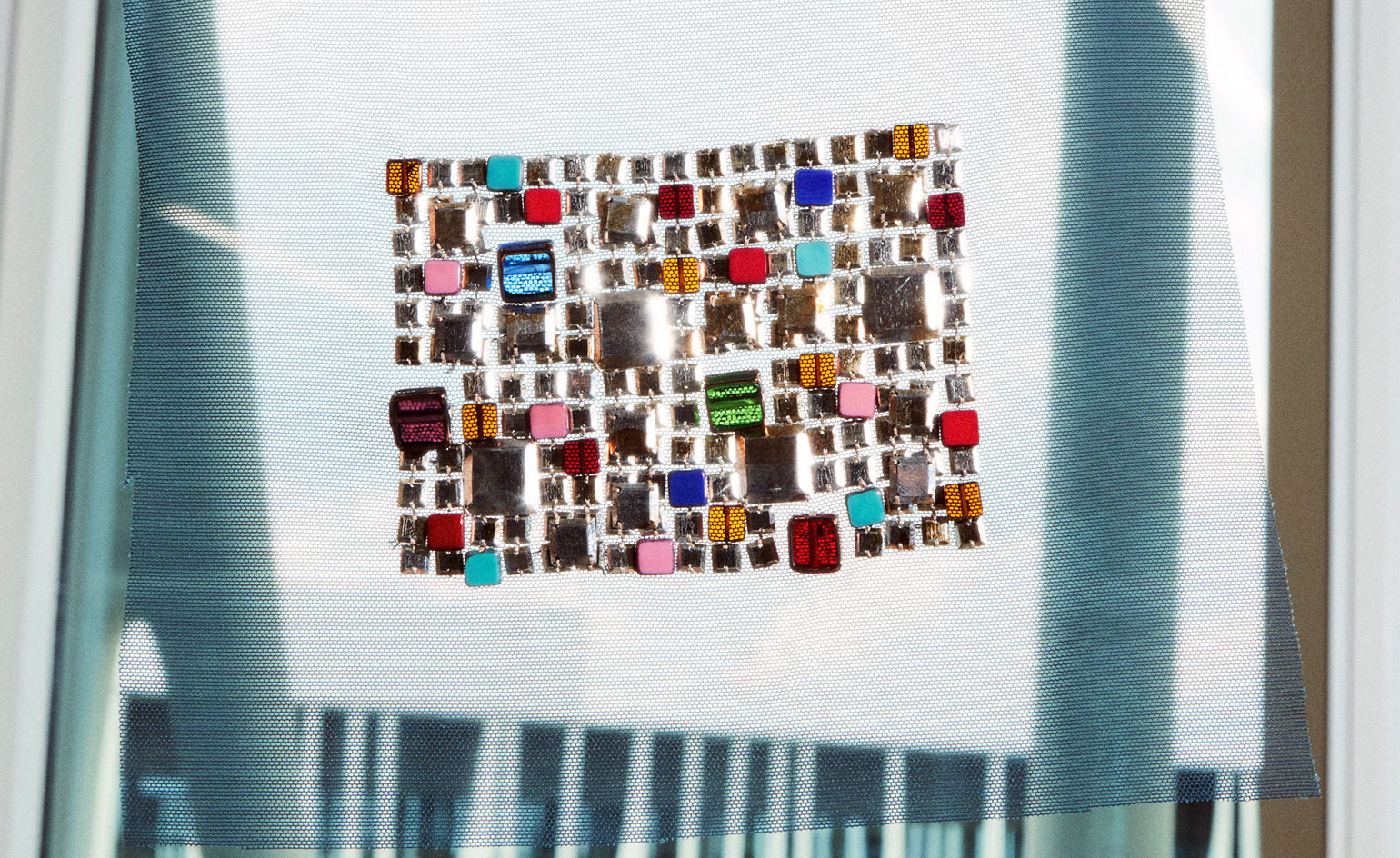
Top, Montex. Above, detail from a dress embroidered by Montex for Chanel’s 2011 Paris-Byzance collection evokes Byzantine mosaics
Pavlovsky made sure to create physical separations between the ateliers to maintain each one’s unique style and savoir-faire, saying, ‘One should recognise right away whether something is embroidered by Montex, Lemarié or Lesage’. At the same time, the new building gives the artisans opportunities to easily interact. Montex’s artistic director Aska Yamashita recounts that Virginie Viard stopped in one day and had lunch with all the ateliers’ artistic directors, something that never would have happened before.
A hub for engaging and connecting
Chanel also encourages the ateliers to continue working for a range of brands, both to feed their creativity and maintain their business models. Each workshop pays rent and is expected to turn a profit. Fortunately, they are all growing, their rare ancestral skills being passed on to new generations. Recruitment was an issue about 20 years ago, says Pavlovsky, when the métiers d’art were considered fallback professions for those who flunked out of school. That is no longer the case. Many of the artisans are under 30 and as comfortable embroidering on antique Cornely machines as manipulating a 3D printer.
While an influx of youth is key, so is exposure to life outside this hive of activity. To this end, Le 19M includes a 1,200 sq m gallery on two levels, La Galerie du 19M, opening this autumn. La Galerie has already hosted artist workshops and signed partnerships with alternative film school École Kourtrajmé, headed up by film director Ladj Ly and artist JR. ‘If this building is insular and unengaged, it will be very difficult to maintain a positive energy,’ says Pavlovsky. ‘Keeping these métiers d’art connected to the world of today is the best guarantee they will still exist tomorrow.’
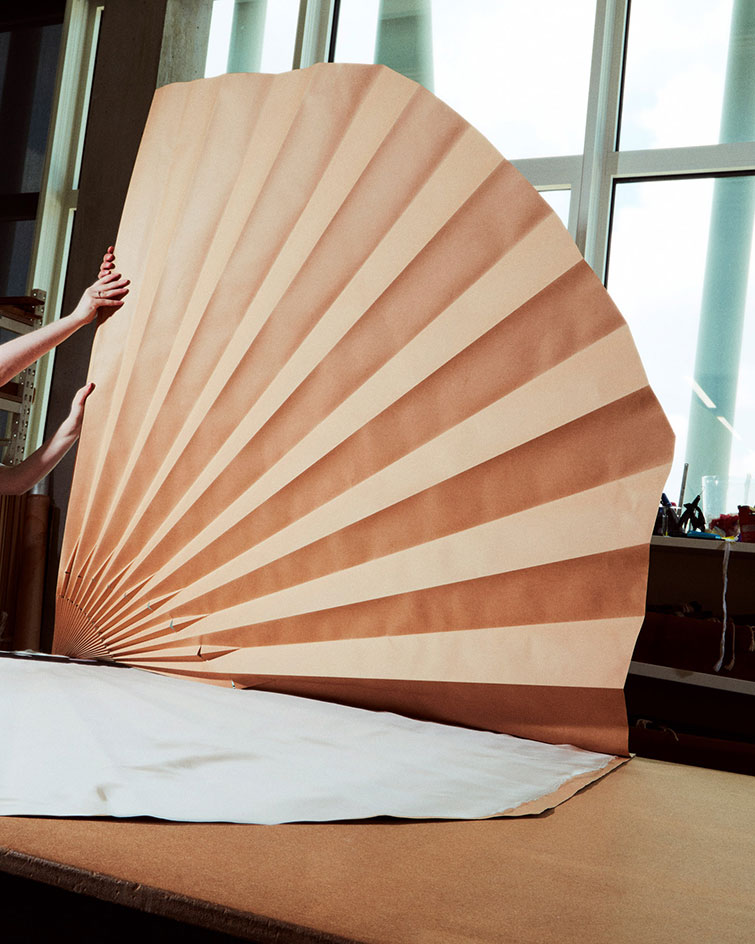
At Lognon, the technique used to create pleats involves steam and cardboard moulds, some of which are over 100 years old
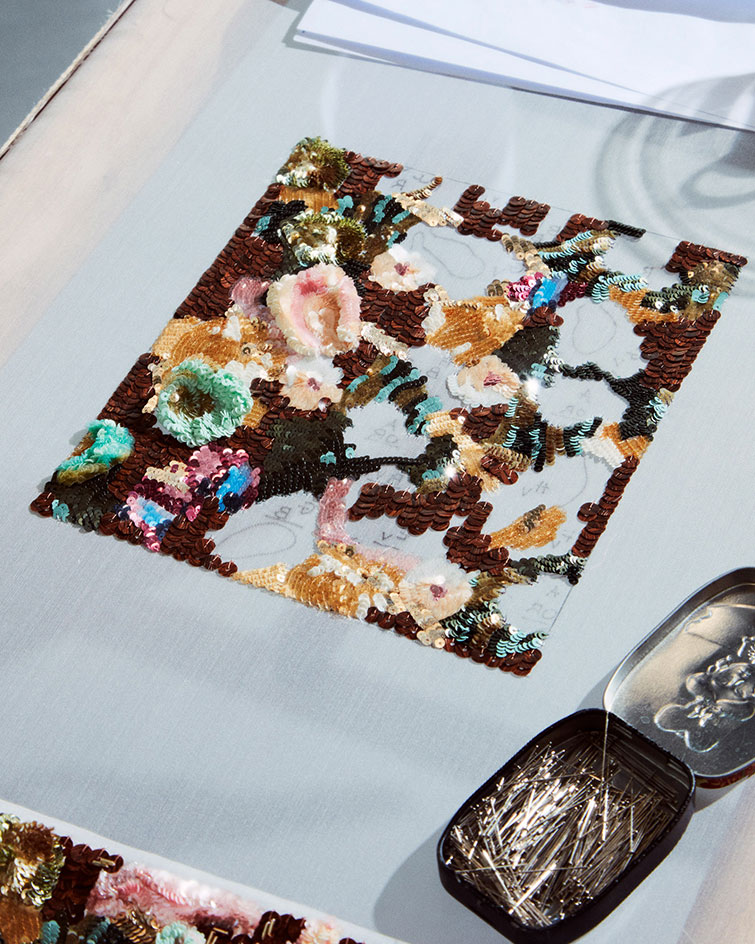
Montex
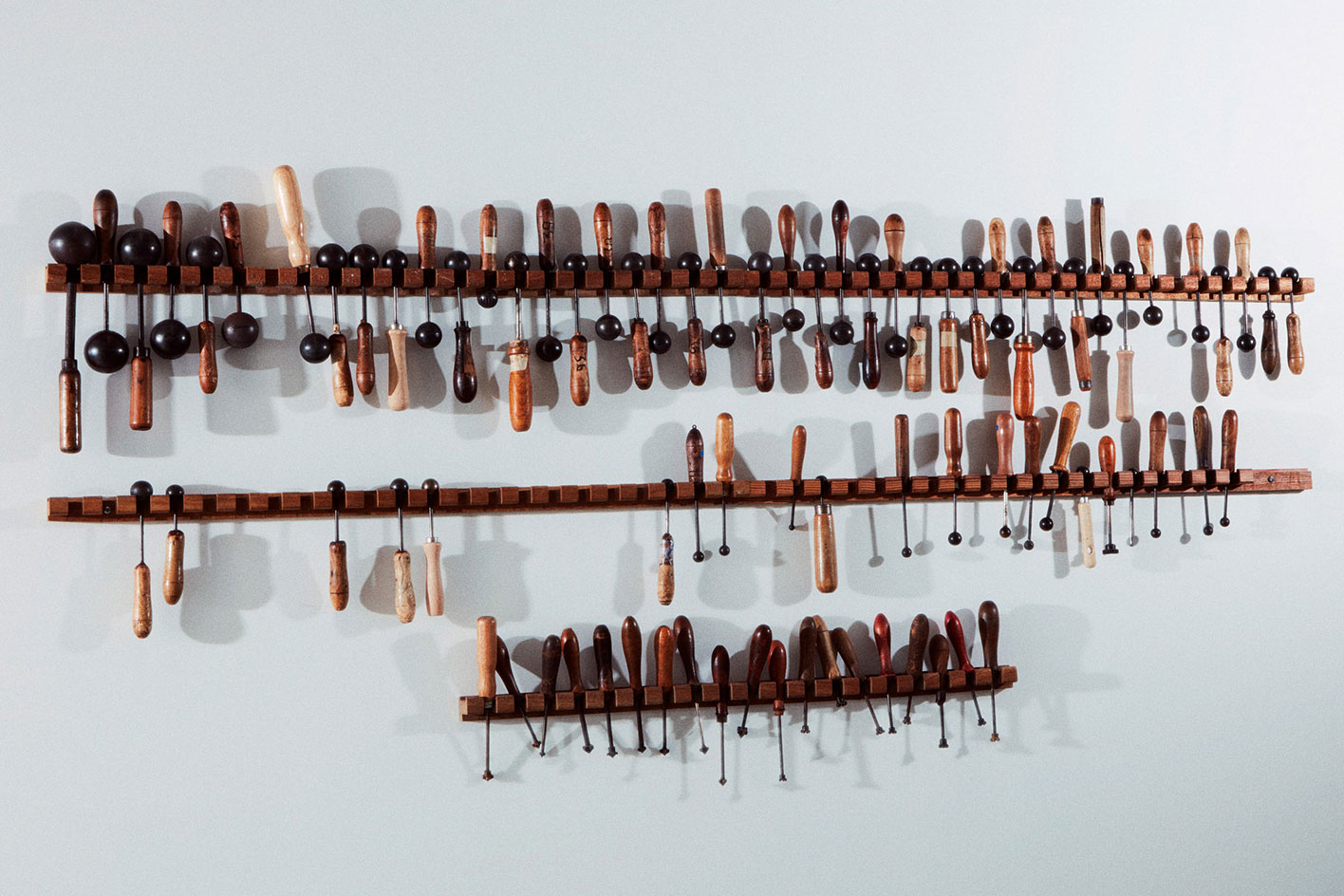
Lemarié
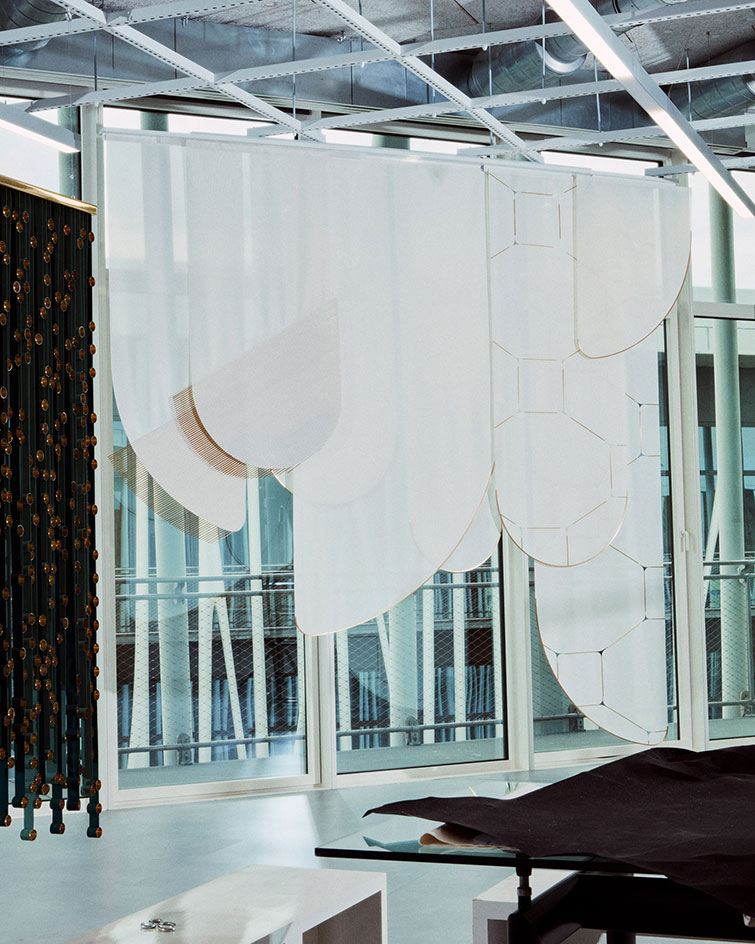
MTX (an offshoot of Montex) uses architectural embroidery to create unique new surfaces
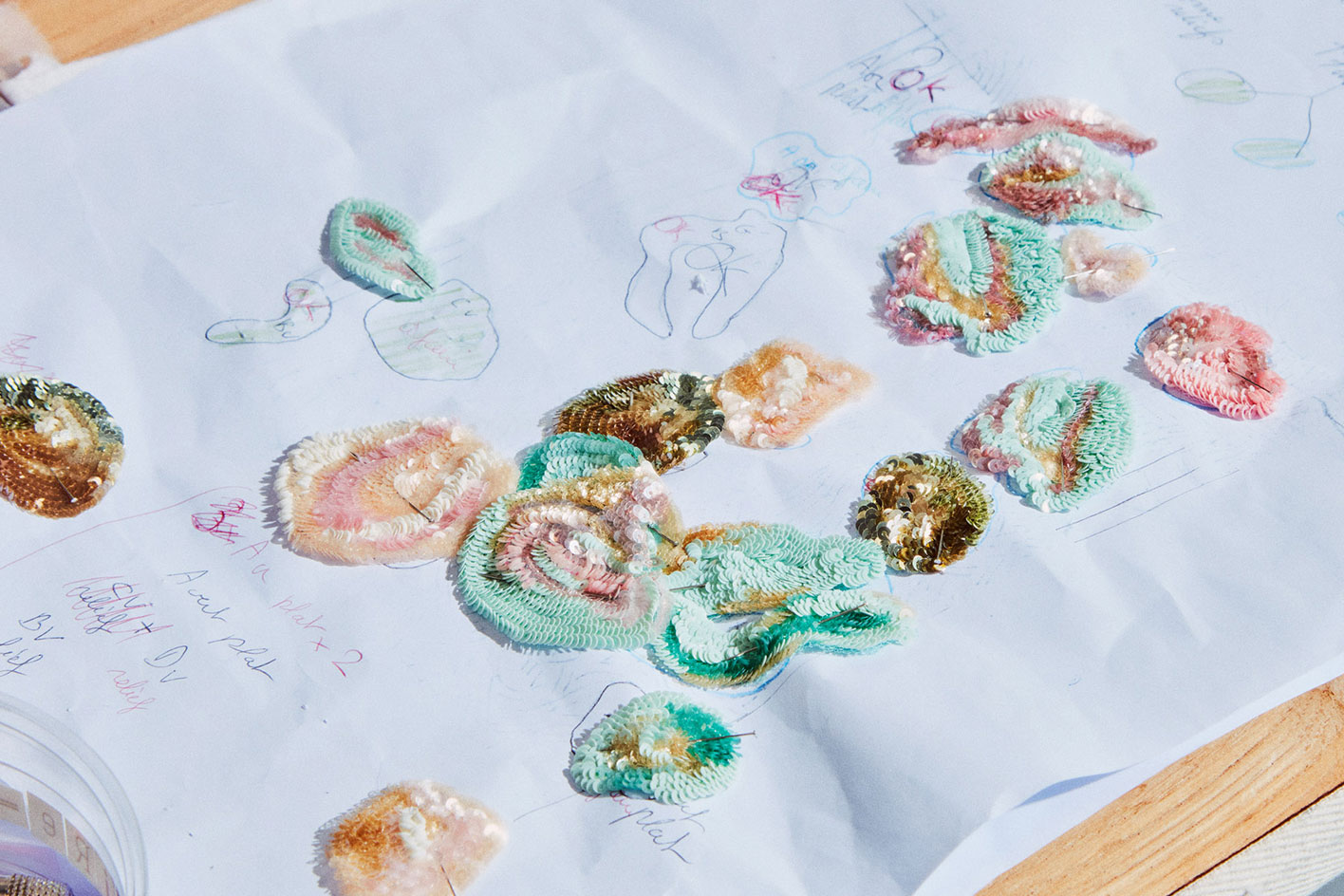
Montex
INFORMATION
A version of this article appears in the October 2021, 25th Anniversary Issue of Wallpaper* (W*270), on newsstands now and available to subscribers – 12 digital issues for $12,£12,€12.
-
 Australian bathhouse ‘About Time’ bridges softness and brutalism
Australian bathhouse ‘About Time’ bridges softness and brutalism‘About Time’, an Australian bathhouse designed by Goss Studio, balances brutalist architecture and the softness of natural patina in a Japanese-inspired wellness hub
By Ellie Stathaki
-
 Marylebone restaurant Nina turns up the volume on Italian dining
Marylebone restaurant Nina turns up the volume on Italian diningAt Nina, don’t expect a view of the Amalfi Coast. Do expect pasta, leopard print and industrial chic
By Sofia de la Cruz
-
 Tour the wonderful homes of ‘Casa Mexicana’, an ode to residential architecture in Mexico
Tour the wonderful homes of ‘Casa Mexicana’, an ode to residential architecture in Mexico‘Casa Mexicana’ is a new book celebrating the country’s residential architecture, highlighting its influence across the world
By Ellie Stathaki
-
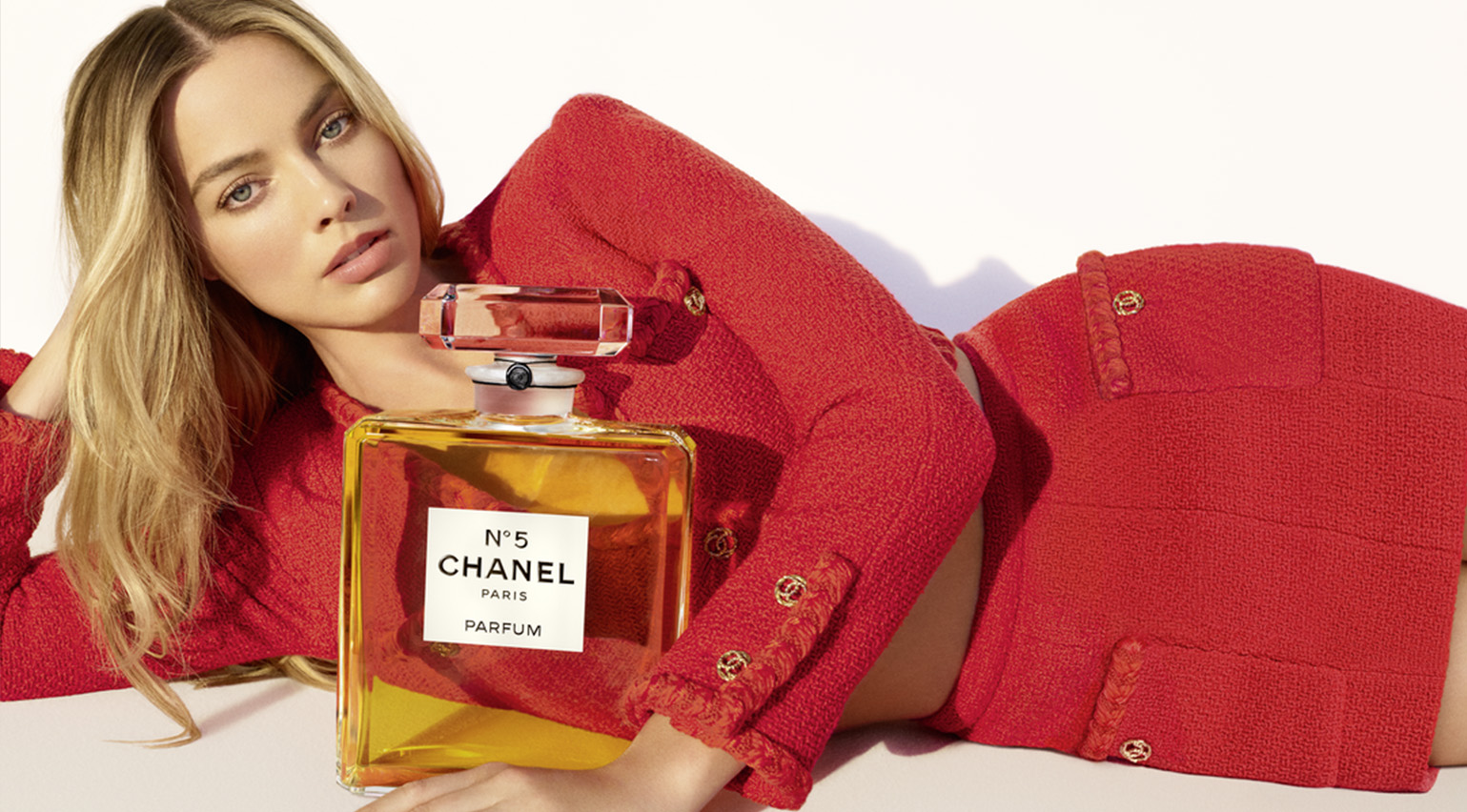 Margot Robbie, Marina Abramović and a 15-step Korean scalp treatment: the most-read Wallpaper* beauty stories of 2024
Margot Robbie, Marina Abramović and a 15-step Korean scalp treatment: the most-read Wallpaper* beauty stories of 2024The news of Margot Robbie becoming the face of Chanel No.5 and an illustrated guide to a 15-step Korean scalp treatment are just two of the most-read Wallpaper* beauty stories from the year gone by
By Hannah Tindle
-
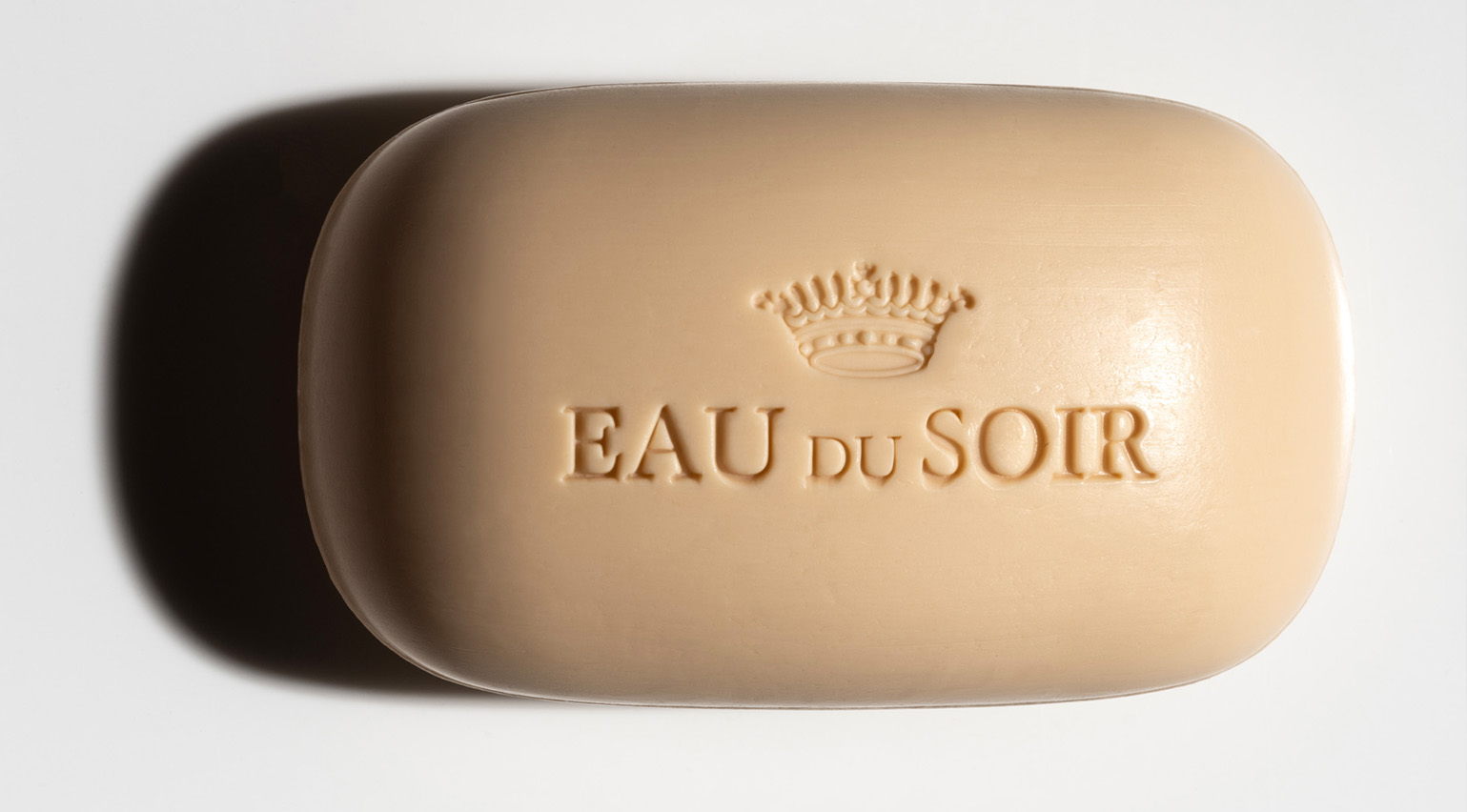 Unboxing beauty products from 2024, as seen on the pages of Wallpaper*
Unboxing beauty products from 2024, as seen on the pages of Wallpaper*Wallpaper's 2024 beauty picks included Chanel lipstick, Bottega Veneta perfume and solid soap from the likes of Aesop, Celine, Diptyque, Hermès and Sisley
By Hannah Tindle
-
 How 2024 brought beauty and fashion closer than ever before
How 2024 brought beauty and fashion closer than ever before2024 was a year when beauty and fashion got closer than ever before, with runway moments, collaborations and key launches setting the scene for 2025 and beyond
By Mahoro Seward
-
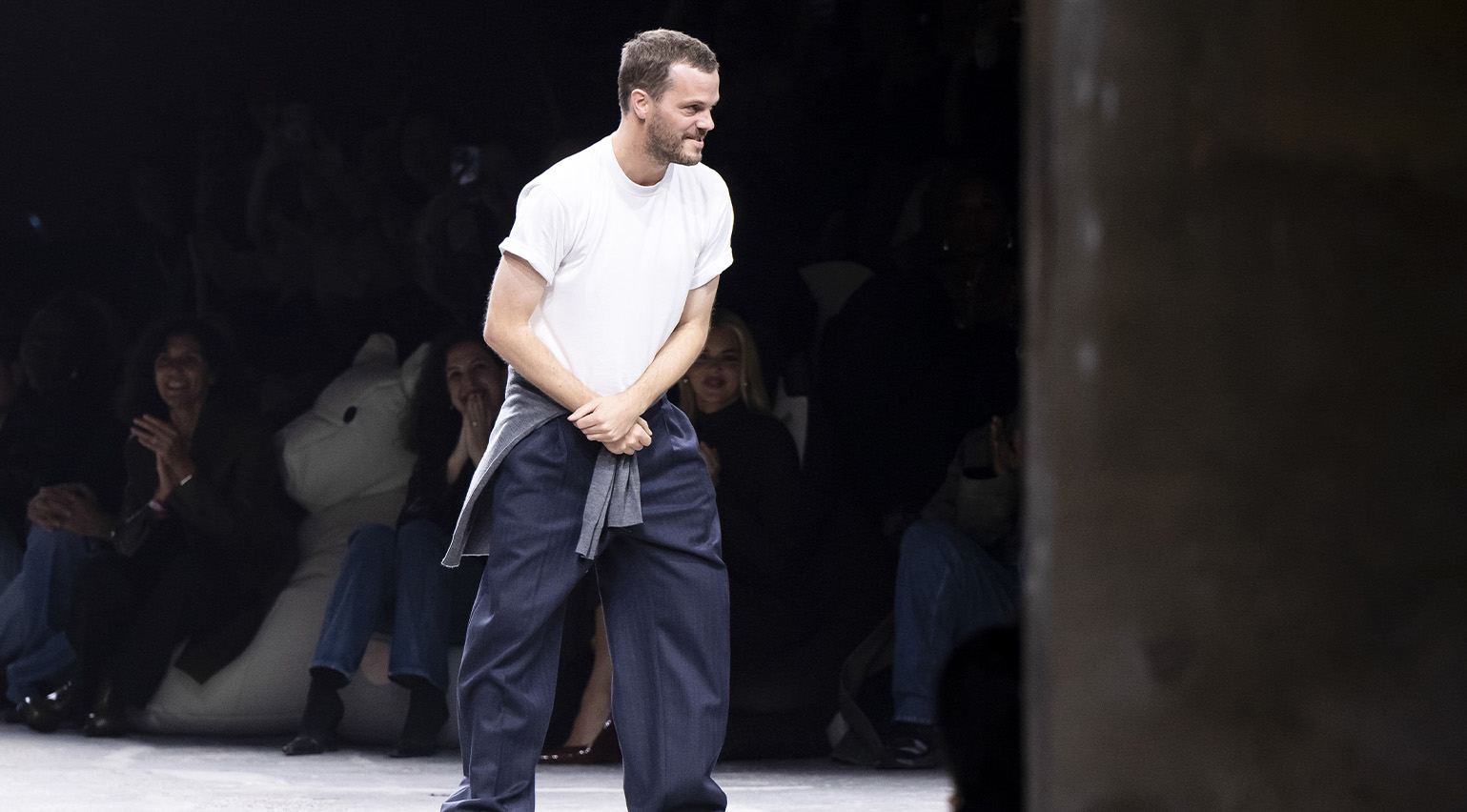 The wait is over: Matthieu Blazy is Chanel’s new creative director
The wait is over: Matthieu Blazy is Chanel’s new creative directorMatthieu Blazy has been appointed as the new artistic director at Chanel, after a critically lauded and commercially successful tenure as creative director of Bottega Veneta
By Jack Moss
-
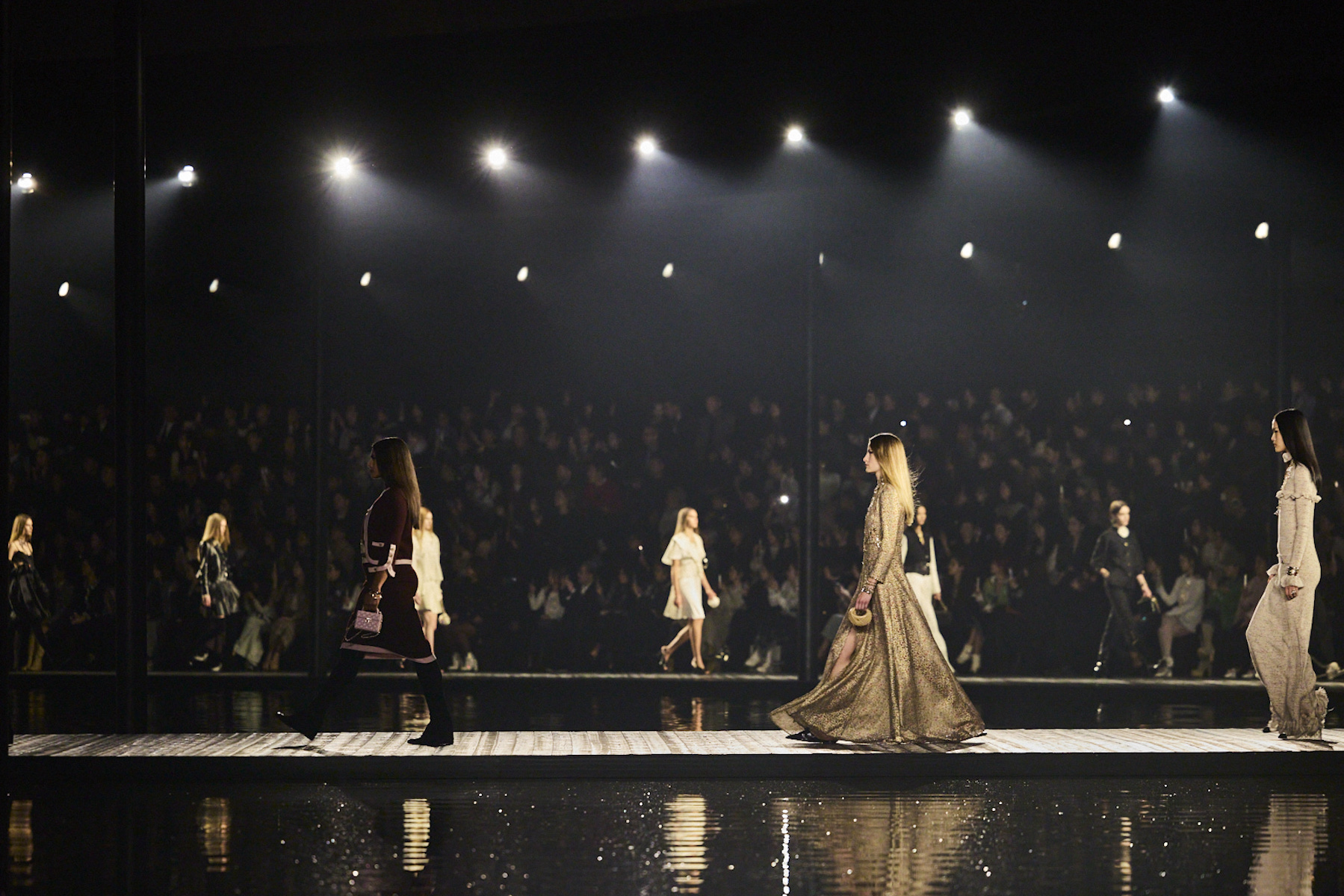 Chanel heads to Hangzhou, China for a poetic Métiers d’Art 2025 show
Chanel heads to Hangzhou, China for a poetic Métiers d’Art 2025 showThis evening in China (3 December 2024), Chanel travelled to Hangzhou’s much-mythologised West Lake, a Unesco World Heritage site, for a show that highlighted the extraordinary craft of the house’s artisans
By Jack Moss
-
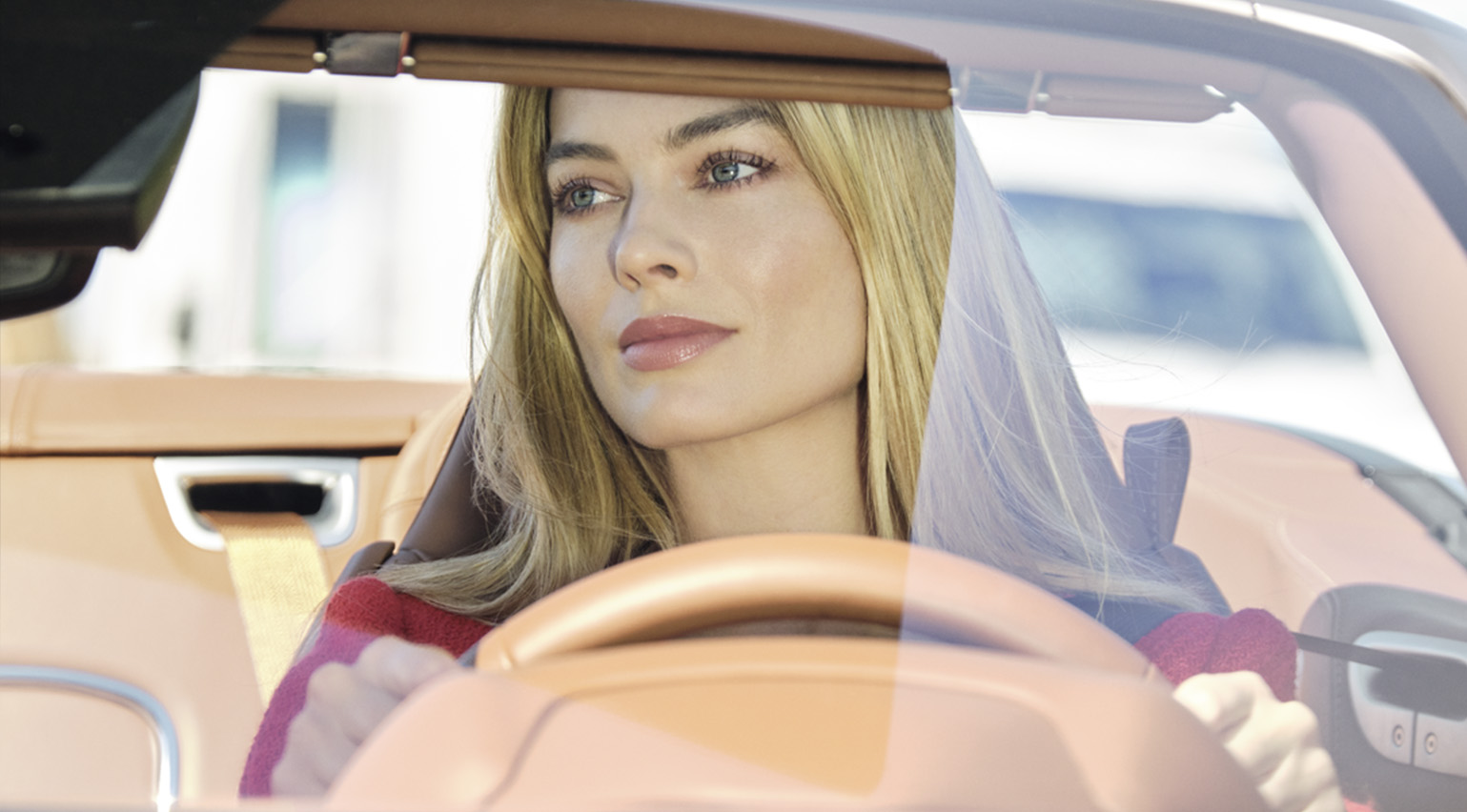 Margot Robbie and Jacob Elordi almost become lovers in Luca Guadagnino’s Chanel No.5 campaign: watch the film
Margot Robbie and Jacob Elordi almost become lovers in Luca Guadagnino’s Chanel No.5 campaign: watch the filmMargot Robbie and Jacob Elordi front the new Chanel No.5 campaign in a film directed by Luca Guadagnino and soundtracked by Daft Punk
By Hannah Tindle
-
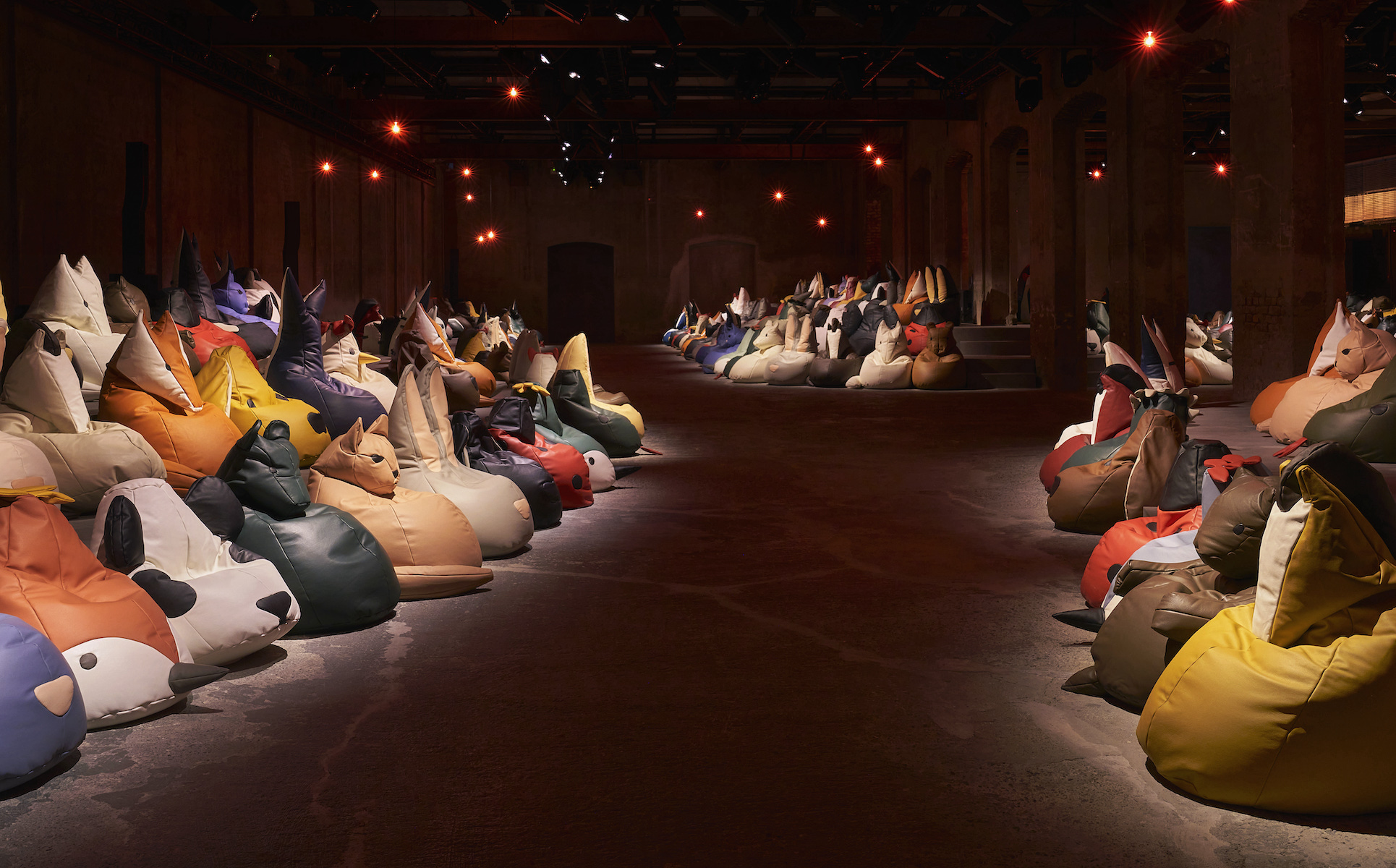 The breathtaking runway sets of S/S 2025, from beanbag animals to a twisted living room
The breathtaking runway sets of S/S 2025, from beanbag animals to a twisted living roomWallpaper* picks the best runway sets and show spaces of fashion month, which featured Bottega Veneta’s beanbag menagerie, opulence at Saint Laurent, and artist collaborations at Acne Studios and Burberry
By Jack Moss
-
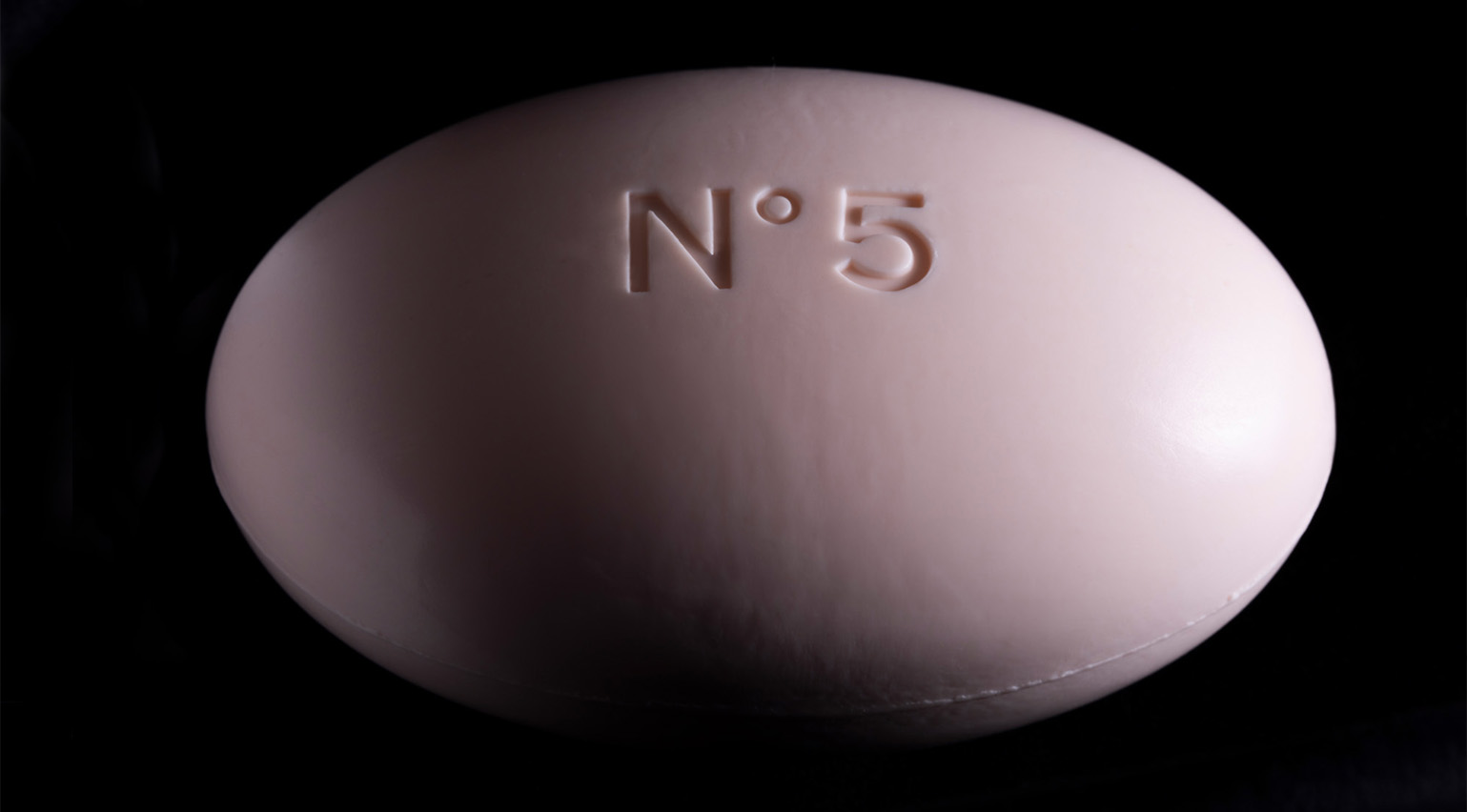 Why solid soap is the most pleasurable object to bathe with
Why solid soap is the most pleasurable object to bathe withSolid soap provides a tactile bathing experience like no other. Hannah Tindle explores why in the September 2024 Style Issue of Wallpaper*, with soaps by Chanel, Celine, Diptyque, and more, photographed by Sophie Gladstone
By Hannah Tindle